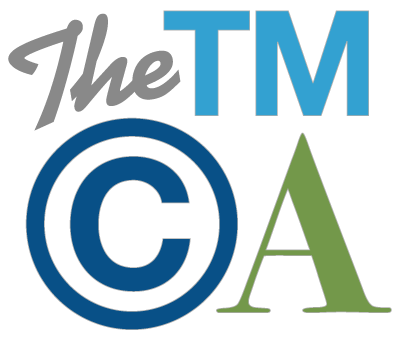A Diamond is Forever. What About Your Advertising Claim?
 An advertising slogan like “A Diamond is Forever” may be eternal, but the same cannot be said about some comparative advertising claims. If a company advertises its product as superior to a competitive product, the ad claim may need to be re-assessed and potentially modified or withdrawn if the competitor upgrades or begins selling a new product. The risks of not updating advertising claims become even greater if a company advertises that its product is better than all other competitive products in the market, thereby dramatically expanding the range of products that should be monitored to determine if the ad claim is still true.
An advertising slogan like “A Diamond is Forever” may be eternal, but the same cannot be said about some comparative advertising claims. If a company advertises its product as superior to a competitive product, the ad claim may need to be re-assessed and potentially modified or withdrawn if the competitor upgrades or begins selling a new product. The risks of not updating advertising claims become even greater if a company advertises that its product is better than all other competitive products in the market, thereby dramatically expanding the range of products that should be monitored to determine if the ad claim is still true.
This lesson was recently brought home to the manufacturer of Dyson vacuum cleaners in a case brought against it in Massachusetts federal court by competitor SharkNinja. SharkNinja Operating LLC v. Dyson Inc. et al. In July 2013, Dyson launched an advertising campaign for its DC41 vacuum model, claiming that it had “twice the suction of any other vacuum” on the market. In July 2014, however, SharkNinja released a new Shark Lift-Away vacuum that the company claimed rendered Dyson’s “twice the suction” claim no longer true. Dyson continued making the “twice the suction” claim in 2014 for the DC41 model as well as an additional DC65 product model.
SharkNinja’s counsel sent protest letters to Dyson about the ad claim in May and July 2014, in advance of and after the Lift-Away product launch, without providing test results to back up its assertions of false advertising. In the meantime, Dyson commissioned internal and independent third-party testing of the products at issue in July and August 2014. In September 2014, SharkNinja provided Dyson with its own third-party test results that showed the Dyson models did not have “twice the suction” of the SharkNinja’s Lift-Away.
Dyson conceded during the litigation that the launch of the Shark Lift-Away product rendered its “twice the suction” claim literally false as of July 2014. Nevertheless, it was not until November 2014 that Dyson began “stickering over” the disputed ad claim on product packaging in retail stores. Dyson argued that this constituted prompt, commercially reasonable steps to remove the advertising claim from the marketplace once it realized the ad claim had become “stale”. Not surprisingly, SharkNinja disagreed. It contended that Dyson dragged its feet, resulting in products remaining in the market bearing the disputed suction claim until early 2015, hindering SharkNinja’s sales growth.
On a motion for summary judgment, the court found Dyson liable for false advertising as of July 2014. It rejected Dyson’s argument that “commercially reasonable efforts” to remove the ad claim constitutes a valid defense to liability. As the court held, “an advertiser that puts a claim into the marketplace bears all of the risk of the claim being false or becoming stale. An approach that allowed such an advertiser to continue to benefit from false or stale claims, so long as reasonably commercial efforts were undertaken to remove the advertising, would not adequately disincentivize the behavior prohibited by the Lanham Act or foster vigilance about the accuracy of advertising claims. Further, it would unfairly shift the cost of stale or inaccurate claims from the sponsor of such claims to its competitors, as long as the sponsor made reasonable efforts to remove the claims.”
The court entered judgment on the motion for SharkNinja on the issue of liability, with issues pertaining to damages (including causation and Dyson’s willfulness) to be proven at a later trial. Dyson had also brought a counterclaim against SharkNinja about an unrelated advertising claim, and the court denied Dyson’s summary judgment motion on the counterclaim due to threshold factual disputes about what message was communicated by the ad claims challenged by Dyson.
The lesson for Dyson and other advertisers is that comparative advertising claims must be monitored to determine whether they continue to be substantiated after a competitor has upgraded an existing product or released a new model that renders a specific product comparison or “marketplace” superiority claim untrue. Once an advertising claim has been rendered false by subsequent events, an advertiser should move quickly to remove the claims, even those appearing on product packaging at retail stores. More practically, if a company has reason to believe that a comparative advertising claim may have a short “shelf life”, it may be best to make those claims only on easily-changed websites and digital ads or on point-of-sale material that can be withdrawn or discarded quickly at lesser expense than a change to product packaging.








